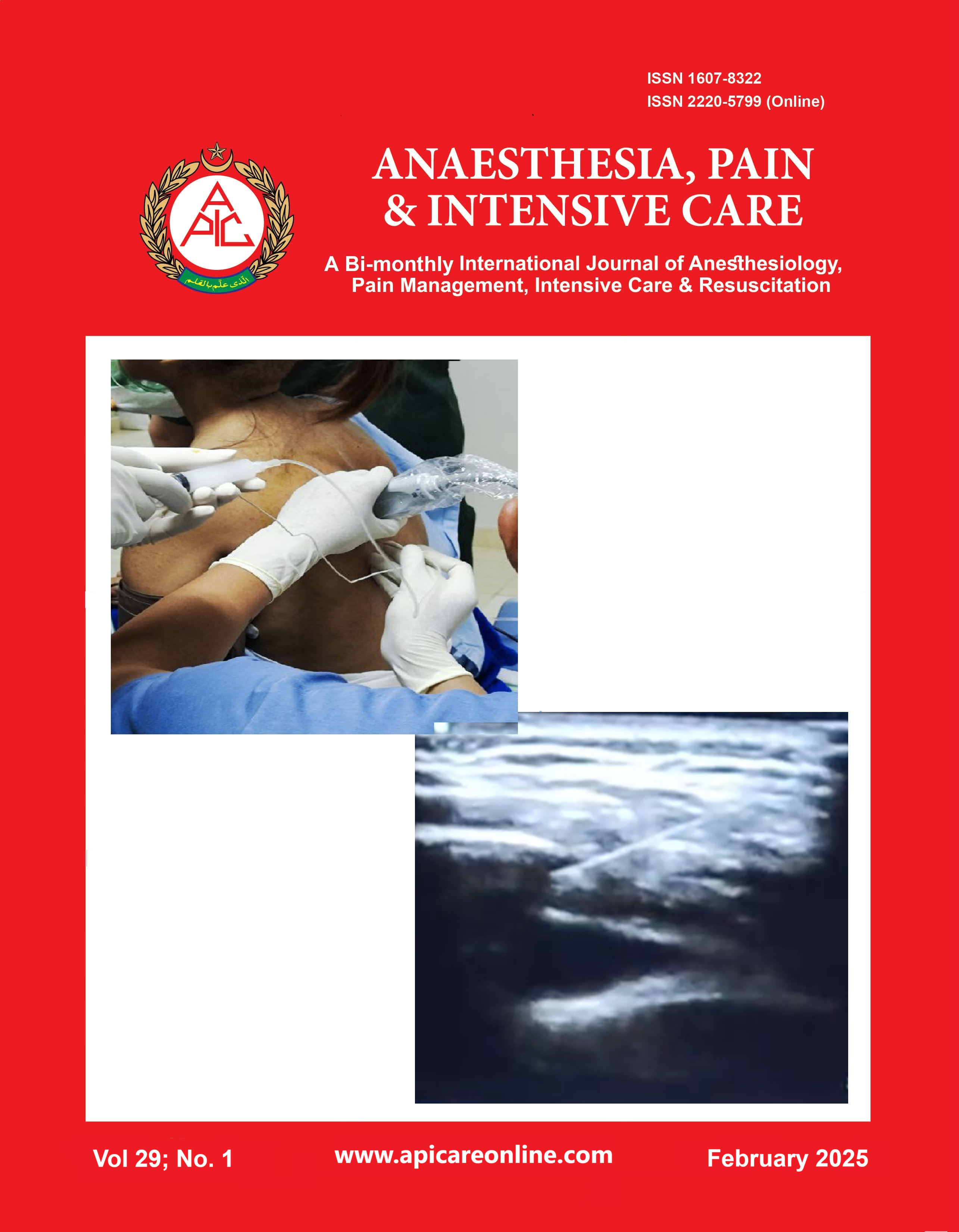Comparison of Baska mask airway and i-gel for ease of insertion and hemodynamic stability in patients undergoing general anesthesia
Abstract
Background and Aim: The use of i-gel and Baska masks in patients receiving general anesthesia has been shown to cause predictable changes in hemodynamic parameters and ease of insertion, according to published research. Better sealing pressure has also been demonstrated when using Baska masks.
However, it is still need to assess whether these methods are preferable to i-gel in terms of insertion ease and hemodynamic stability. In order to assess the Baska mask and i-gel for hemodynamic stability and ease of insertion in patients receiving general anesthesia, this study was carried out.
Methodology: A total of 110 patients were examined for predetermined goals in this randomized prospective observational trial. Patients between the ages of 18 and 45 year, both male and female, were included. Strict inclusion and exclusion standards were adhered to, and each participant gave their informed consent. A questionnaire was filled with personal information of the patient, the diagnosis, the course of treatment, and any complications that were experienced.
The patients were allocated into two groups of fifty-five each. After routine general anesthesia, patients in Group B were ventilated using a Baska mask, while patients in Group I were ventilated using i-gel. Ease of insertion, number of attempts required and hemodynamic parameters including, systolic, diastolic and mean BP and pulse rates, were noted. Using SPSS software version 22, basic statistical analysis of the data generated, was performed.
Results: The results found no significant differences between Group B and Group I, regarding mean HR before onset, after onset at one min, at 3 min, and at 5 min. There was no significant difference between Group B and Group I, regarding mean systolic SBP at pre-insertion, post-insertion at one min, at 3 min, and at 5 min. However, the mean DBP between Group B and Group I at pre-insertion, at 3 min, and at 5 min were highly significant.
Conclusion: Given the limitations of the study, we conclude that, although the Baska mask required more time and attempts to insert than the i-gel, it was still one of the more innovative supraglottic airway devices that produced a better peri-laryngeal seal. Before and after insertion, there was no discernible difference in the hemodynamic parameter between the two groups.
Keywords: Baska Mask Airway, i-gel, Anesthesia, Hemodynamic Stability, Complications
Citation: Gupta A, Rastogi K, Khan AL, Pathak A, Shahid R. Comparison of Baska mask airway and i-gel for ease of insertion and hemodynamic stability in patients undergoing general anesthesia. Anaesth. pain intensive care 2025;29(1):70-76. DOI: 10.35975/apic.v29i1.2664
Received: May 09, 2024; Reviewed: October 26, 2024; Accepted: January 01, 2025
















